Any educated person can easily remember the name of the one who made the first trip around the world and crossed the Pacific Ocean. This was done by the Portuguese Ferdinand Magellan about 500 years ago.
But it should be noted that this formulation is not entirely correct. Magellan thought out and planned the route of the voyage, organized it and led it, but he was destined to die many months before it was completed. So Juan Sebastian del Cano (Elcano), a Spanish navigator, with whom Magellan had, to put it mildly, not friendly relations, continued and completed the first round-the-world trip. It was del Cano who eventually became the captain of the Victoria (the only ship to return to his native harbor) and received fame and fortune. However, Magellan made great discoveries during a dramatic voyage, which will be discussed below, and therefore he is considered the first traveler around the world.
First trip around the world: background
In the 16th century, Portuguese and Spanish seafarers and merchants vied with each other for control of the spice-rich East Indies. The latter made it possible to preserve food, and it was difficult to do without them. There was already a proven path to the Moluccas, where the largest markets with the cheapest goods were located, but this path was not short and unsafe. Due to the limited knowledge of the world, America, discovered not so long ago, seemed to sailors an obstacle on the way to rich Asia. No one knew if there was a strait between South America and the hypothetical Unknown Southern Land, but the Europeans wanted it to be. They did not yet know that America and East Asia were separated by a huge ocean, and they thought that the opening of the strait would provide quick access to Asian markets. Therefore, the first navigator to circumnavigate the world would certainly have been awarded royal honors.
Career of Ferdinand Magellan
The impoverished Portuguese nobleman Magellan (Magallans), by the age of 39, managed to repeatedly visit Asia and Africa, was wounded in battles with the natives and collected a lot of information about travels to the shores of America.
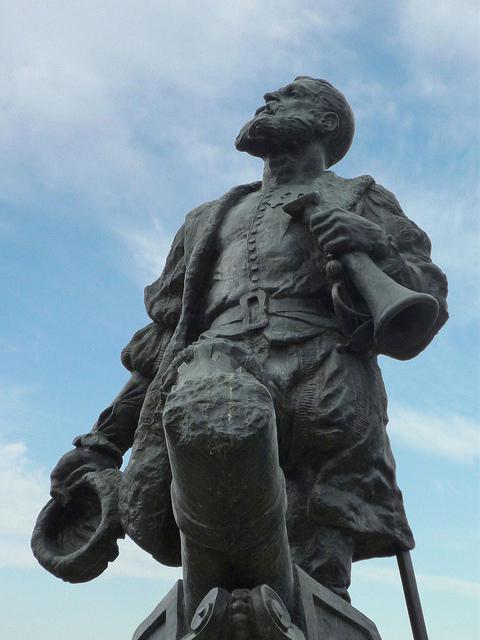
With his idea to get to the Moluccas by the western route and return by the usual one (that is, to make the first trip around the world), he turned to the Portuguese king Manuel. He was not at all interested in the proposal of Magellan, whom he also disliked for his lack of loyalty. But he allowed Fernand to change citizenship, which he immediately took advantage of. The navigator settled in Spain (that is, in a country hostile to the Portuguese!), got a family and associates. In 1518, he obtained an audience with the young king Charles I. The king and his advisers became interested in finding a shortcut for spices and "gave the go-ahead" to organizing the expedition.
Along the coast. Riot
Magellan's first circumnavigation of the world, which was never completed for most of the team, began in 1519. Five ships left the Spanish harbor of San Lucar, carrying 265 people from different European countries. Despite the storm, the flotilla relatively safely reached the coast of Brazil and began to "go down" along it to the south. Fernand hoped to find a strait into the South Sea, which, according to his information, should have been located in the region of 40 degrees south latitude. But in the indicated place it was not the strait, but the mouth of the La Plata River. Magellan ordered to continue moving south, and when the weather turned bad, the ships anchored in the bay of St. Julian (San Julian) to spend the winter there. The captains of three ships (Spaniards by nationality) mutinied, seized the ships and decided not to continue the first round-the-world trip, but to head for the Cape of Good Hope and from it to their homeland. People loyal to the admiral managed to do the impossible - to recapture the ships and cut off the rebels' escape route.
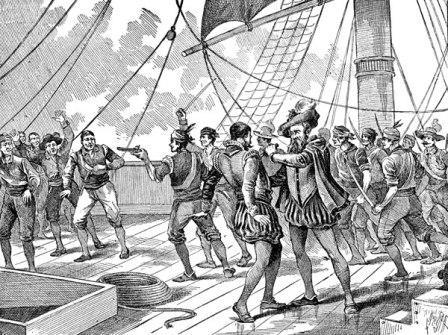
Strait of All Saints
One captain was killed, another was executed, and a third was put ashore. Magellan pardoned ordinary rebels, which once again proved his foresight. Only at the end of the summer of 1520 the ships left the bay and continued to search for the strait. During a storm, the ship "Santiago" sank. And on October 21, the sailors finally discovered the strait, more reminiscent of a narrow crevice between the rocks. The ships of Magellan sailed along it for 38 days.
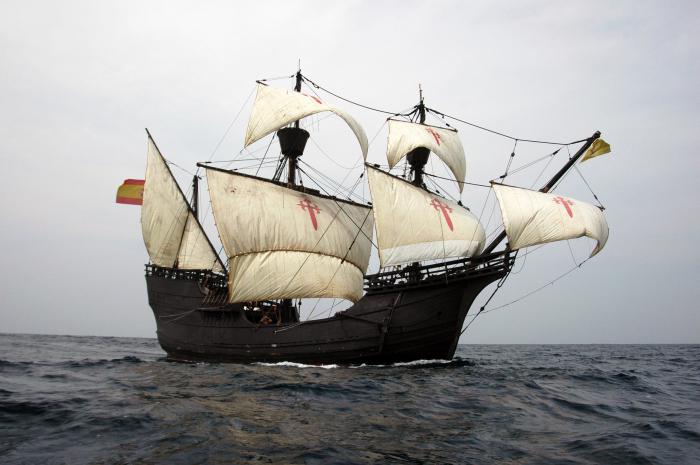
The admiral called the shore, which remained on the left hand, Tierra del Fuego, since the bonfires of the Indians burned on it around the clock. It was thanks to the discovery of the Strait of All Saints that Ferdinand Magellan began to be considered the one who made the first trip around the world. Subsequently, the strait was renamed Magellan.
Pacific Ocean
Only three ships left the strait into the so-called "South Sea": "San Antonio" disappeared (simply deserted). The sailors liked the new waters, especially after the troubled Atlantic. The ocean was named the Pacific.
The expedition headed northwest, then west. For several months, the sailors sailed without seeing any signs of land. Starvation and scurvy caused the death of almost half of the team. Only at the beginning of March 1521 did the ships approach two yet undiscovered inhabited islands from the Mariana group. From here it was not far to the Philippines.
Philippines. Death of Magellan
The discovery of the islands of Samar, Siargao and Homonkhon greatly pleased the Europeans. Here they recuperated and communicated with local residents, who willingly shared food and information.
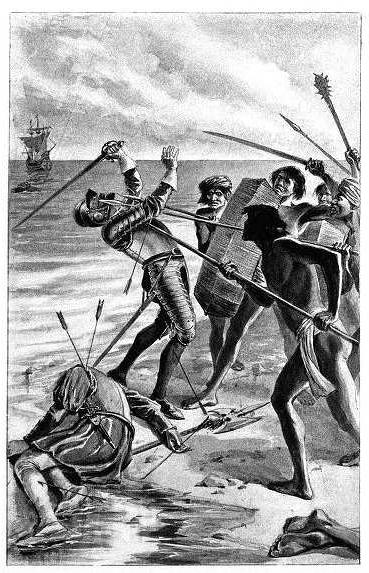
Magellan's servant, a Malay, spoke freely with the natives in the same language, and the admiral realized that the Moluccas were very close. By the way, this servant, Enrique, eventually became one of those who made the first trip around the world, unlike his master, who was not destined to land on the Moluccas. Magellan and his people intervened in the internecine war of two local princes, and the navigator was killed (either with a poisoned arrow, or with a cutlass). Moreover, after some time, as a result of a treacherous attack by savages, his closest associates, experienced Spanish sailors, died. The team became so thin that one of the ships, the Concepción, was decided to be destroyed.
Moluccas. Return to Spain
Who led the first round-the-world trip after Magellan's death? Juan Sebastian del Cano, Basque sailor. He was among the conspirators who presented Magellan with an ultimatum in San Julian Bay, but the admiral forgave him. Del Cano commanded one of the two remaining ships, the Victoria.
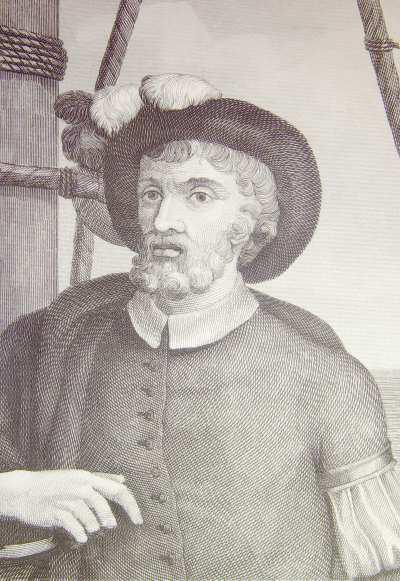
He made sure the ship returned to Spain loaded with spices. It was not easy to do this: the Portuguese were waiting for the Spaniards off the coast of Africa, who from the very beginning of the expedition did everything to upset the plans of their competitors. The second ship, the flagship Trinidad, was boarded by them; sailors were enslaved. Thus, in 1522, 18 members of the expedition returned to San Lucar. The cargo delivered by them paid off all the expenses for the expensive expedition. Del Cano was awarded a personal coat of arms. If in those days someone had said that Magellan made the first trip around the world, he would have been ridiculed. The Portuguese had only accusations of violating royal instructions.
The results of Magellan's journey
Magellan explored the eastern coast of South America and opened the strait from the Atlantic to the Pacific Ocean. Thanks to his expedition, people received weighty proof that the Earth is really round, they were convinced that the Pacific Ocean is much larger than expected, and that it is unprofitable to swim on it to the Moluccas. Also, the Europeans realized that the World Ocean is one and washes all the continents. Spain satisfied its ambitions by announcing the discovery of the Marianas and the Philippine Islands, and laid claim to the Moluccas.
All the great discoveries made during this voyage belong to Ferdinand Magellan. So the answer to the question of who made the first trip around the world is not so obvious. In fact, this person was del Cano, but still, the main achievement of the Spaniard was that the world generally learned about the history and results of this voyage.
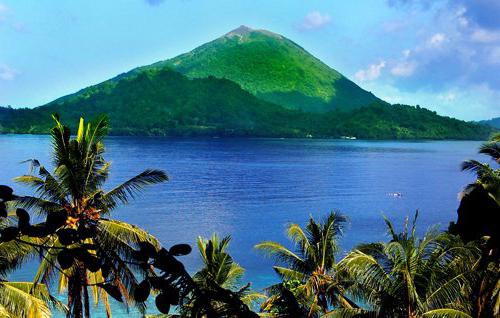
The first round-the-world voyage of Russian sailors
In 1803-1806, Russian sailors Ivan Kruzenshtern and Yuri Lisyansky made a large-scale journey through the Atlantic, Pacific and Indian oceans. Their goals were: exploration of the Far Eastern outskirts of the Russian Empire, finding a convenient trade route to China and Japan by sea, providing the Russian population of Alaska with everything necessary. Navigators (who set off on two ships) explored and described Easter Island, the Marquesas, the coast of Japan and Korea, the Kuril Islands, Sakhalin and the island of Iesso, visited Sitka and Kodiak, where Russian settlers lived, and in addition, delivered an ambassador from the emperor to Japan. During this voyage, domestic ships visited high latitudes for the first time. The first round-the-world trip of Russian explorers had a huge public outcry and helped to increase the prestige of the country. Its scientific significance is no less great.
